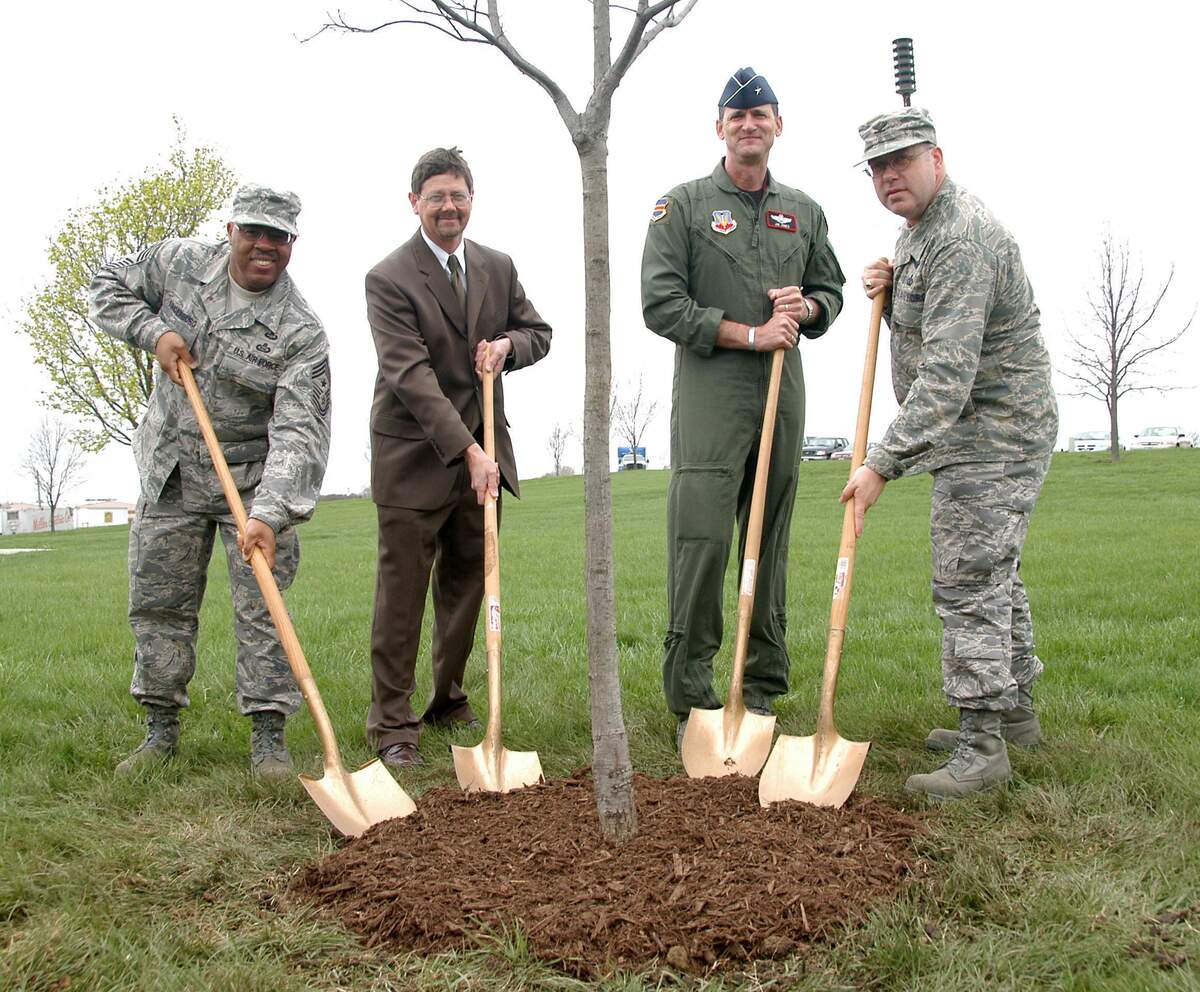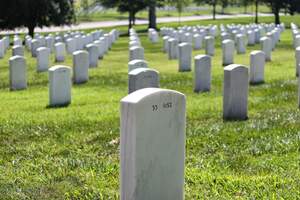

National Arbor Day
Also known as
Arbor Day (1872 to 1969)
Observed
the last Friday in April (since 1872)
Dates
Founded by
Julius Sterling Morton on April 10th, 1872
Hashtags
Sources
Many holidays commemorate some event from the past, but National Arbor Day is about investing in the future. It focuses on the care and preservation of existing trees, as well as on the planting of new ones. Appropriately, it takes place during a time of the year when it is favorable to plant trees in most parts of the United States. Although National Arbor Day takes place on the last Friday of April, some states observe Arbor Day on other days. Many other countries also celebrate Arbor Day—or a similar holiday—on other days.
The holiday's name comes from the Latin word arbor, which means tree. In 1594, the mayor of the Spanish village of Mondoñedo organized a tree-planting festival—the first festival of its kind. Another Spanish village, Villanueva de la Sierra, held the first Arbor Day in 1805.
In America, Arbor Day got its start in 1872. Julius Sterling Morton, a journalist, and his wife, Caroline, moved to Nebraska City, Nebraska, in 1854, the year Nebraska became a territory. They bought 160 acres of land, which was mostly desolate, and planted trees and shrubs on it. The topography of their land was reflective of much of the land in the Nebraska Territory, and knowing the importance of trees for fuel, building, shade, and keeping soil in place, they set out to help add trees to the landscape.
Julius Sterling Morton began writing about the value of trees in the Nebraska City News, Nebraska's first newspaper, where he was the editor. He joined the Nebraska Board of Agriculture and at different times held various other positions in the territory—and then state—such as the Secretary of the territory. On January 7, 1872, Morton proposed to the Nebraska Board of Agriculture the idea for a day for everyone in Nebraska to plant trees. The board agreed to his proposal, but they needed to agree on a name for the day. At first, it was going to be called Sylvan Day, but in an effort to include all trees in the day and not just those in forests, Arbor Day was chosen.
On March 12, 1874, Nebraska's Governor, Robert W. Furnas, issued a proclamation for Arbor Day. The first Arbor Day was held on April 10, 1872, to much success. It is believed that about one million trees were planted in Nebraska on the day. The Nebraska Board of Agriculture gave out prizes to individuals and counties who planted the largest amount of trees correctly. Arbor Day became an official state holiday in Nebraska in 1885. It was designated to take place on April 22, on Morton's birthday, which also happened to be an ideal tree planting time. On the first official celebration, about 1,000 students planted trees and then marched in a parade to Nebraska City's opera house, where Morton delivered a speech.
Meanwhile, schools across the country began observing the day by 1882. Birdsey Northrop of Connecticut is known for helping to popularize the day. In 1883, he was appointed by the American Forestry Association to be the chairman of the committee that promoted the day throughout America. That same year, he visited Japan and spread the idea for the day there. He went on to bring his message about the day to Canada, Australia, and Europe. By the end of the nineteenth century, almost all states observed Arbor Day, and by the 1920s, all states had passed laws for Arbor Day or Arbor and Bird Day.
In 1907, at the urging of conservationist Major Israel McCreight, President Theodore Roosevelt gave the "Arbor Day Proclamation to the School Children of the United States," a statement to the school children of the country about trees and the destruction of forests. In the decades thereafter, Presidents Harding, Coolidge, and Truman issued proclamations for Arbor Day. But it wasn't until 1970 when Arbor Day became National Arbor Day. Although the holiday had always been held towards the end of April, it was also at this time that the day began being celebrated nationally on the last Friday of the month.
In an era with an unprecedented focus on the environment, when the Environmental Protection Agency was created and the Clean Water Act and the National Environmental Protection Act were passed, Congress passed House Joint Resolution 251, which requested the president to issue a proclamation "designating the last Friday of April 1970 as National Arbor Day." President Nixon responded by issuing Proclamation 3980, which designated Friday, April 24, 1970, as the day. Two years later, on the 100th anniversary of the first Arbor Day in the United States, Nixon once again issued a proclamation for the day. Similarly, in some subsequent years, Congressional resolutions have been passed and presidential proclamations have been issued.
Although proclamations are not issued every year, National Arbor Day is always observed on the last Friday of April. However, some states celebrate Arbor Day on dates that are more favorable for planting trees in their area. For example, some southern states observe the day in January or February, while some states in the far north do not observe it until May. Around the world, the date of Arbor Day varies depending on the climate and planting season. Additionally, various other names are given to the day besides Arbor Day. For instance, Israel celebrates New Year's Day of the Trees, Korea marks Tree-Loving week, India observes the National Festival of Tree Planting, and Iceland holds Students' Afforestation Day.
How to Observe National Arbor Day
There are numerous ways to celebrate National Arbor Day:
- Plant a tree. You could even plant one at city hall and get your mayor to sign an Arbor Day proclamation. Tree seedlings are available from the Arbor Day Foundation.
- Check to see if your state celebrates Arbor Day on the same date as National Arbor Day, or if they do it at a different time.
- See when and where Arbor Days are celebrated around the world.
- Identify trees. Start with those in your yard, and then head to public spaces and forests. You could go alone or get a group together. Pick up a What Tree is That? pocket field guide to help you with identification. You could also use the online edition of the book or get the app.
- Find National Arbor Day events near you and add your event to the list of events taking place.
- Hold an event. Explore some event planning materials to help you out.
- Organize an Arbor Day ceremony and honor those who have done something to help the environment in your community.
- Organize a "biggest tree" or "oldest tree" search in your community. Make a map afterward, so that others can go on a walking tour.
- Work to make your community a Tree City USA location.
- Clean up a park or another public area.
- Write a story about trees, or put on a play or skit about them. Trees: A Joy Forever is a play that tells the story of the start of Arbor Day, which can be put on by children, or by parents and children.
- If you have children in your life, you could let them explore games and activities courtesy of the Arbor Day Foundation. The foundation also provides educational resources for teachers to use in the classroom.
- Visit Morton's grave or the Arbor Lodge State Historical Park in Nebraska City, or see Morton's statue at National Statuary Hall in Washington, D.C.
- Learn more about the benefits of trees.
- Read a book about trees.
- Donate to the Arbor Day Foundation.





















